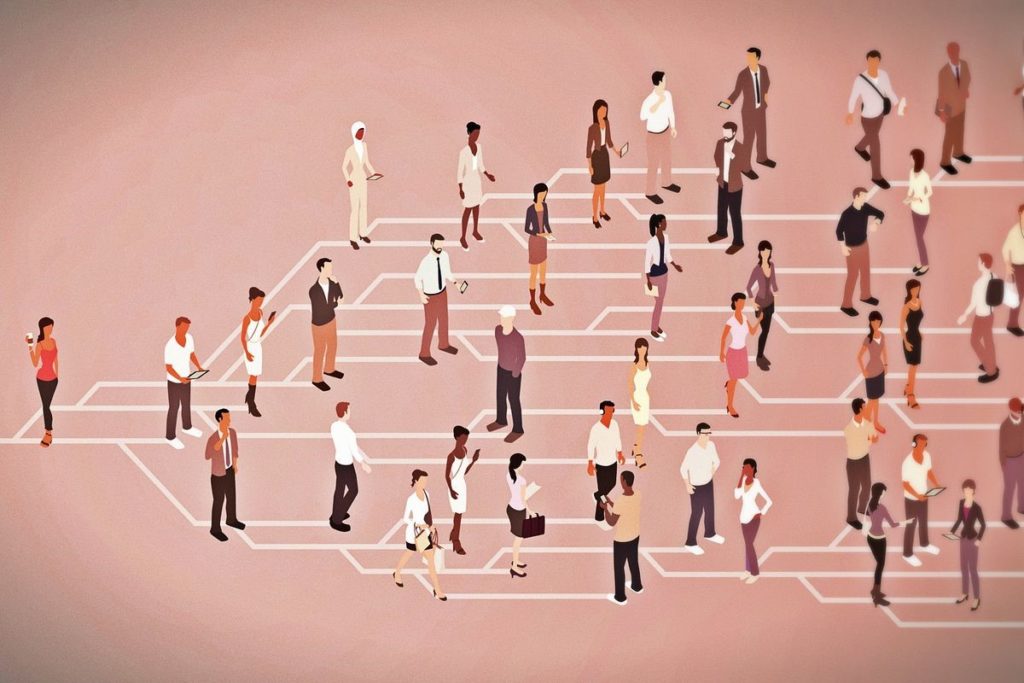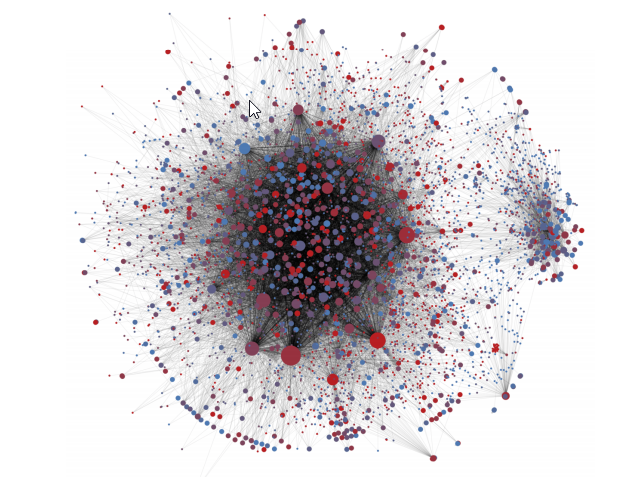In class, we covered the topic of homophily and how it relates to the age, friendship count, and nationality of connections on Facebook. As expected, we found that the more people have in common with each other, the more likely they are to be friends. This result was obvious when looking at the race distribution of students in middle/high school, where students of the same race were more likely to connect with each other than with students of a different race. The phenomena of homophily in social networks, as seen in class, is applicable to many areas in life and is especially interesting when considered through the lens of dating.
In a study conducted by MIT, psychologists found that the more similar two potential romantic partners are, the more attractive they would be to each other and the more satisfaction both partners would have from their relationship (Fiore, Andrew & Donath, Judith, 2005). The study, conducted on an online dating site, showed that users selected partners with similar characteristics more often than chance would predict, which holds true for all of the characteristics that were analyzed. Moreover, the study found that users were more likely to respond to an initiation by a user that shared similarities with them.
Table 2 shows the characteristics that were evaluated in the study. An actual sameness percentage close to the expected sameness percentage indicates that users who communicated with each other with the shared characteristic did not communicate as often by chance as the researchers would have expected. A greater difference indicates that the users who shared a similar characteristic communicated much more often than expected.
The three most similar characteristics ( > 50% actual percent same) among people who found their partner on the dating site were: race, drinking habits, and marital status. The three least similar characteristics ( < 50% actual percent same) among people who found their partner on the dating site were: pets owned (not surprising), physical build, and education level. Keep in mind that the values for these characteristics are simply a measurement of the percentage of users that shared a characteristic; which is different than measuring which characteristic users found most attractive. In other words, a user in this system is more likely to date someone with a similar race with a less attractive physical appearance than date someone who is more physically attractive of a different race.
These findings show a clear indication of homophily in the dating scene, which means that if you want to have a better chance at standing out to your crush, your best bet would be to explore the similarities that you share with him/her.
Links:
Further discussion:
Reference:
Fiore, Andrew & Donath, Judith. (2005). Homophily in online dating: When do you like someone like yourself?. Conference on Human Factors in Computing Systems – Proceedings. 1371-1374. 10.1145/1056808.1056919.


